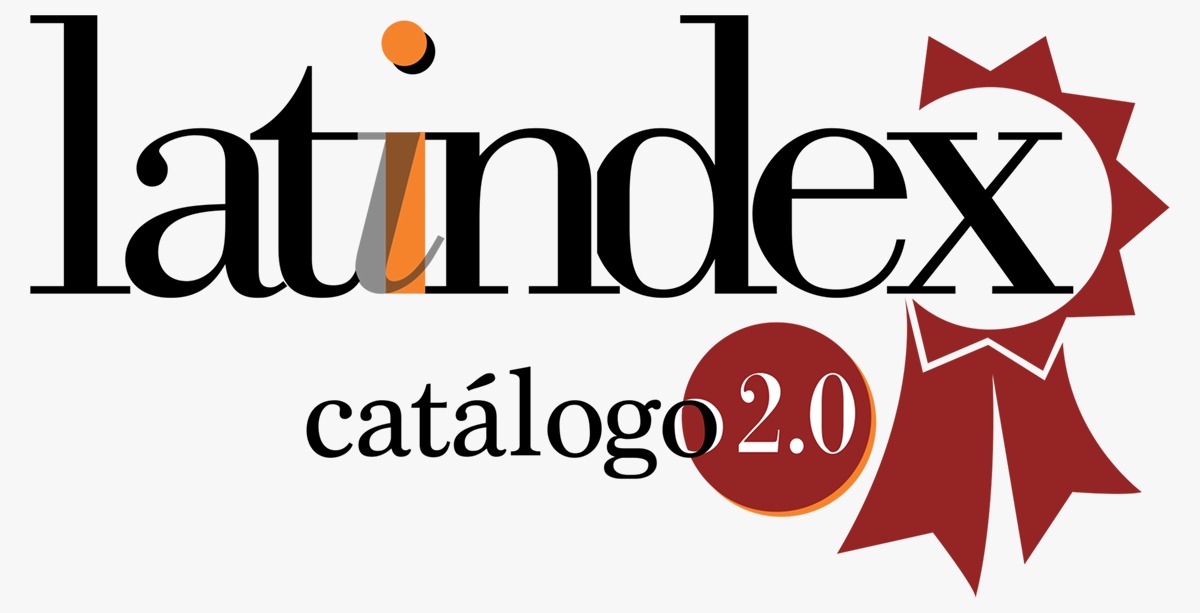Structural Model of the Relationships between Teaching in Technological Contexts and Academic Performance in Accounting
DOI:
https://doi.org/10.29197/cpu.v17i34.394Keywords:
blended modality, performance, technological tools, modelAbstract
The relevance of the relationships between teaching modality, use of technology and academic performance, is given by its impact on the human development, its importance on the public agenda and, at the same time, the scientific vacancy and the local transcendence of this topic. Accordingly, the aim of this research is to propose a model, achieved through the statistical technique of covariance structures, that reflects how and to what extent teaching through multimedia materials is linked to the academic performance of university students. The institutional anchoring has enabled the random extraction of the accepting sample which consisted of 118 students (60.17% women), M = 21.08 years, (SD = 3.76), who attended classes at the School of Economic Sciences of the National Northeastern University, Argentina, in 2017. The methodological design is mainly explicative, quasi-experimental and descriptive by means of survey, predominantly a quantitative line study. The development of the research allows to propose a theoretical model that is contrasted at the empirical level, giving rise to a representation adjusted to the data. In this figure it is possible to observe the influence and richness of the blended learning modality in the disciplinary formation of the students, in a subject of the accounting area.
Metrics
References
Bentler, P. M. (2006). EQS Structural equations program manual. Encino, CA: Multivariate Software, Inc.
Bentler, P. M. y Weeks, D. G. (1980). Linear structural equations with latent variables. Psy-chometrika, 45, 289-308.
Bentler, P. M. y Wu, E. J. (2015). Supplement to EQS 6.3 for Windows User’s Guide. Encino, CA: Multivariate Software, Inc.
Closas, A. H. (2011). Ecuaciones estructurales, una técnica estadística para formular y contras-tar modelos de relaciones causa–efecto. Actualidad y Prospectiva, Revista de la Facultad de Ciencias Económica - UNNE, 7(1), 175-189.
Chávez, F. (2018). Estrategias de aprendizaje y rendimiento académico de los estudiantes del III ciclo de Contabilidad de la Universidad Católica Los Ángeles de Chimbote, Ayacucho (Tesis de maestría). Universidad Católica Los Ángeles de Chimbote, Perú.
De Castro, I. G., Closas, A. H. y Cruz, R. T. (2019). Modelo didáctico para la intervención educativa universitaria, en contabilidad y en ambientes tecnológicos. Revista de la Facul-tad de Ciencias Económica - UNNE, 22(1), 65-90. http://dx.doi.org/10.30972/rfce.2213949
De la Fuente, J. y Martínez, J. M. (2004). Escalas para la Evaluación Interactiva del Proceso de Enseñanza-Aprendizaje, EIPEA. Madrid: EOS.
Fox, D. (1981). El proceso de investigación en educación. Pamplona, España: EUNSA
Gallardo, E. E., Marqués, L. y Bullen, M. (2014). Usos académicos y sociales de las tecnolo-gías digitales del estudiante universitario de primer año. Tendencias pedagógicas, No. 23.
García, F., Portillo, J. Romo J. y Benito, M. (2007). Nativos digitales y modelos de aprendiza-je. Actas del IV Simposio Pluridisciplinar sobre Diseño, Evaluación y Desarrollo de Con-tenidos Educativos Reutilizables (SPDEDE). Bilbao. Universidad del País Vasco.
García-Martín, S. y Cantón-Mayo, I. (2019). Uso de tecnologías y rendimiento académico en estudiantes adolescentes. Comunicar, 27(59), 73-81. https://doi.org/10.3916/C59-2019-07
Nicolás, J. L. (2018). Conocimientos previos de Contabilidad Básica y el desarrollo de capaci-dades para el registro de prácticas contables en estudiantes universitarios (Tesis de maes-tría). Universidad San Martín de Porres, Lima, Perú.
Satorra, A. y Bentler, P. M. (1988). Scaling corrections for statistics in covariance structure analysis. Los Angeles, CA: UCLA Statistics Series 2.
Schermelleh-Engel, K., Moosbrugger, H. y Müller, H. (2003). Evaluating the Fit of Structural Equation Models: Tests of Significance and Descriptive Goodness-of-Fit Measures. Meth-ods of Psychological Research Online, 8(2), 23-74.
Troncoso, O., Cuicas, M. y Debel, E. (2010). El modelo b-learning aplicado a la enseñanza del curso de Matemática I en la carrera de Ingeniería Civil. Actualidades Investigativas en Educación, 10(3), 1-28. https://www.redalyc.org/pdf/447/44717980015.pdf
Zabalza, M. A. (2002). La enseñanza universitaria. El escenario y sus protagonistas. Madrid: Narcea.
Zempoalteca, B., Barragán, J. F., González, J. y Guzmán, T. (2017). Formación en TIC y com-petencia digital en la docencia en instituciones públicas de educación superior. Apertura, 9(1). http://dx.doi.org/10.18381/Ap.v9n1.922
Published
How to Cite
Issue
Section
License
Unless otherwise indicated, all articles in this journal are published under a
Licencia Internacional Creative Commons 4.0 Atribución-NoComercial-CompartirIgual .
The authors retain the copyright and assign the right to the first publication to the magazine.









